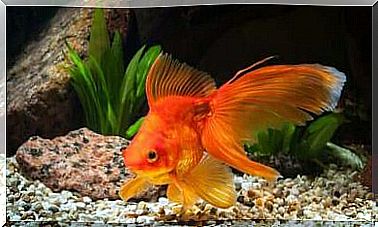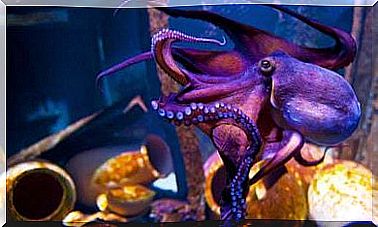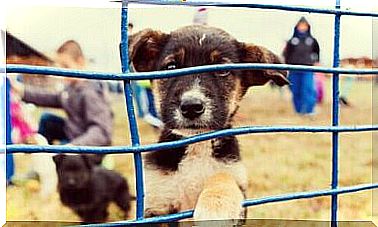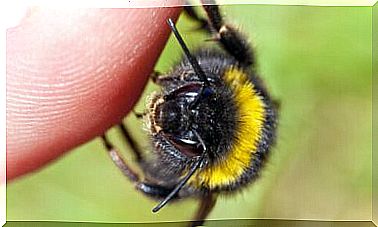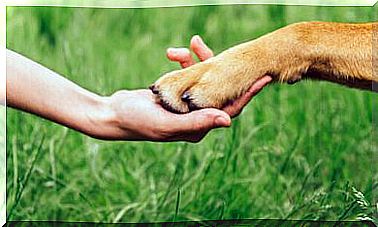What Do The Different Movements Of The Dog’s Tail Express?
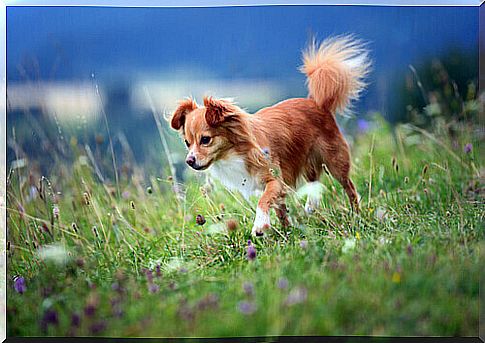
Have you ever tried to count how many ways your dog moves his tail? You have probably realized that they are many. Although some people may not notice the difference, it is certain that every movement of the tail means something; understanding this can be important to strengthen the bond with your four-legged friend.
Some movements are more significant, others less so; knowing them all, regardless of their importance, can help us understand our dog better and understand his needs more confidently.
The importance of the tail
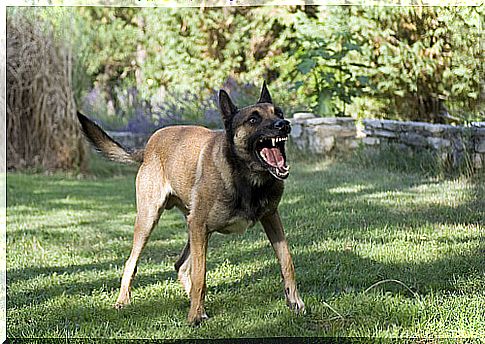
When the dog wants to ask something or make us understand his state of mind, he communicates through body language. The tail plays a decisive role: it is in fact one of the most expressive parts of the body.
It is used by the animal to interact with humans and dogs. In the latter case, the movements of this part of the body favor the propagation of pheromones, present in the anal glands, another important means of communication between dogs.
Now let’s see what the main movements are and how to interpret them.
The most common tail movements
The following are, in our opinion, the most used tail movements by dogs. Others may come to mind. Here is our list:
- Circular movements. When the dog lifts its tail and spins it in circular motions it is an unmistakable sign of cheerfulness. The dog wants to play and is happy. It is a gesture that should not be ignored; play with the animal: you will strengthen the bond of affection.
- From one side to the other. If the tail moves quickly from side to side it can mean two things. First of all, happiness or excitement. For example, you will notice this gesture when you return home. Alternatively, it could denote anxiety or nervousness. To distinguish the two emotions, use empathy. It will be easy to guess what is going on in your dog’s head in that particular circumstance.
- Short movements. If the tail movement goes from side to side but is short and resembles the intermittent rhythm of a windshield wiper, the dog prepares to attack. If, in addition to this, his ears are turned upward and his teeth are showing, step away or away from the person or dog he is angry with.
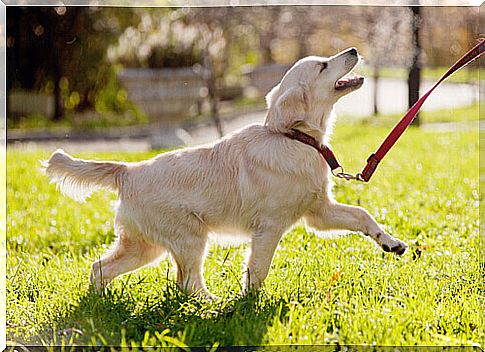
- Downward facing. It is a sign of authority: the dog is asserting his role as pack leader. Pay attention: if he does this when you scold him or while you are giving him an order it is possible that you have not correctly taught him that the leader of the pack is you, not him.
- Horizontal movement. If the tail is not taut, it simply shows that the dog is interested in something. If, on the other hand, a tail tension is added to the characteristic posture, he is not necessarily preparing to attack; it is likely that it is marking the territory and indicating that no one should approach.
- Low. The low tail, kept separate from the hind legs and gently moved from side to side is a sign of insecurity. Something in the environment makes him feel uncomfortable; it can be a person or an animal, and the dog does not feel comfortable.
- Relaxed. If the tail is relaxed, low and away from the paws it means that the dog is feeling calm, relaxed and comfortable. Let’s say he’s at peace with the world ..
- Between the legs. It is a sign that almost all of us know. When the dog hides its tail in its paws it is afraid, it feels threatened and is likely to seek our protection.
